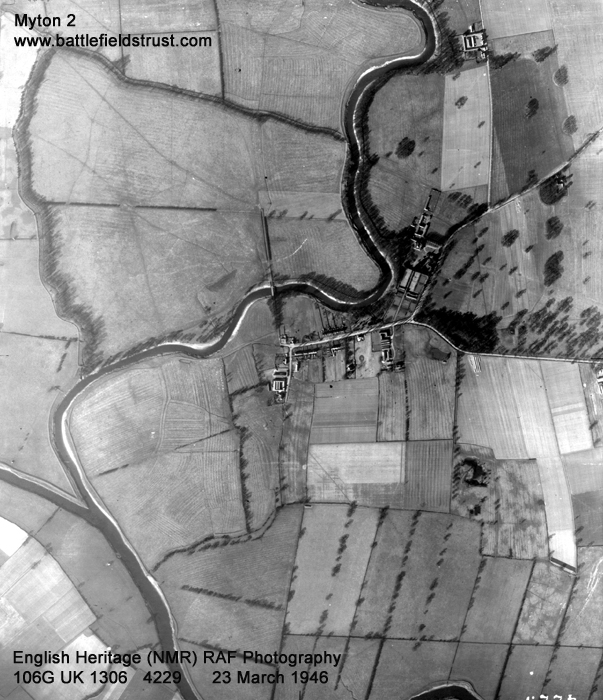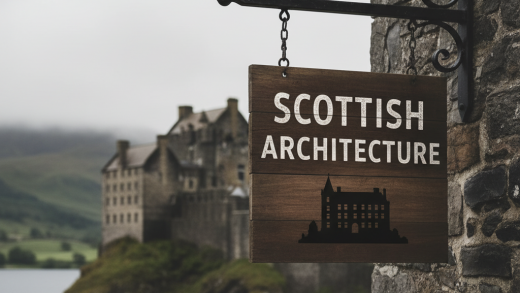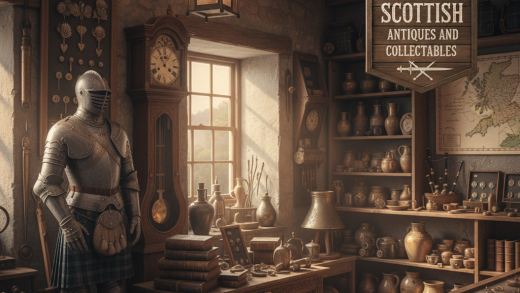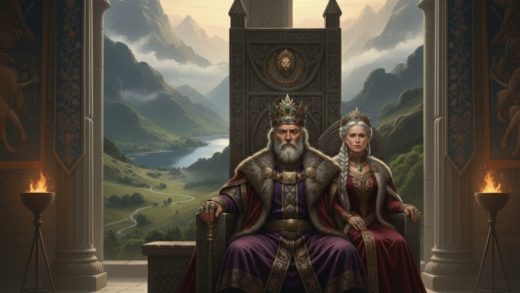The Battle of Myton, fought on September 20, 1319, in Yorkshire, was a major Scottish victory during the First War of Scottish Independence, famously nicknamed the “Chapter of Myton” or “The White Battle” due to the large number of clergy involved.

The battle was a diversionary tactic orchestrated by King Robert the Bruce after his forces, led by James Douglas and Thomas Randolph, captured Berwick-upon-Tweed in 1318—the last English stronghold in Scotland. The loss of Berwick forced the English King Edward II to reconcile temporarily with his barons, including Thomas, Earl of Lancaster, to launch a massive siege to retake the port in 1319.
To lift the siege, Bruce ordered a large-scale raid deep into undefended Yorkshire using hobelars (mounted infantry). This raid caused panic, particularly due to the rumor that the Scots aimed to capture Queen Isabella, who was hastily evacuated from York. In the absence of a professional army, William Melton, the Archbishop of York, mustered a host largely composed of untrained men, including numerous priests, monks, and clerks.

At Myton-on-Swale, the Scottish forces, using a surprise tactic of setting fire to haystacks to blind the English with smoke, attacked. The English, lacking men-at-arms and unable to maneuver, were routed. Many were killed or drowned in the River Swale. The heavy casualties among the clergy gave the battle its notorious nicknames. The disastrous defeat forced Edward II to abandon the siege of Berwick, as the English army fragmented due to internal disputes and northern barons, like Lancaster, prioritized defending their own lands, leading to a temporary truce.
Discover more from WILLIAMS WRITINGS
Subscribe to get the latest posts sent to your email.





🌞
thank you sweet x